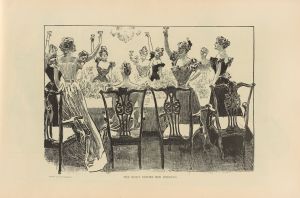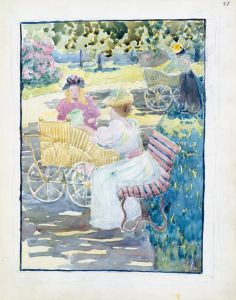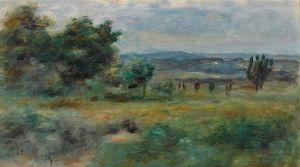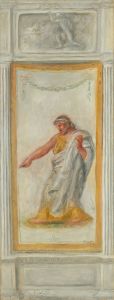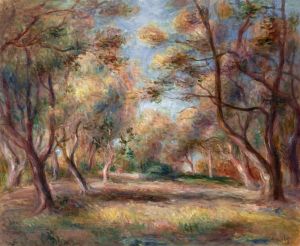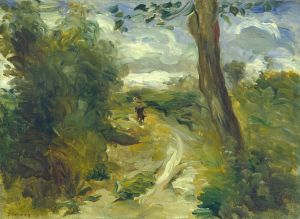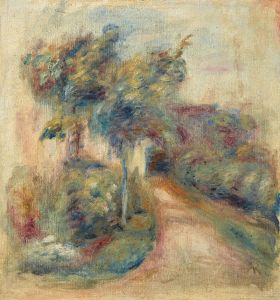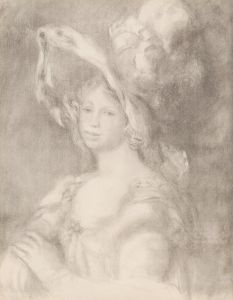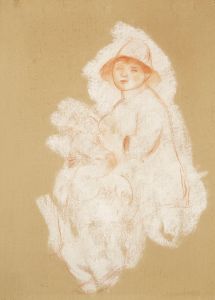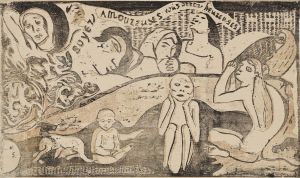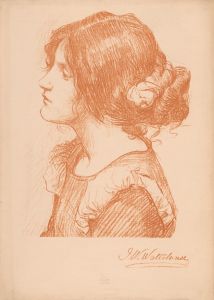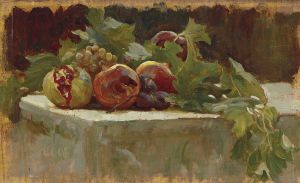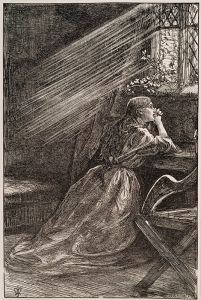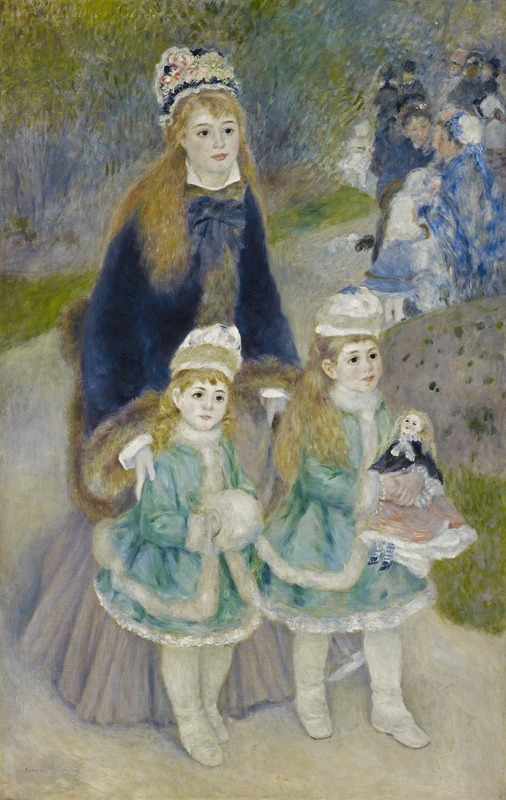
Mother and Children
A hand-painted replica of Pierre-Auguste Renoir’s masterpiece Mother and Children, meticulously crafted by professional artists to capture the true essence of the original. Each piece is created with museum-quality canvas and rare mineral pigments, carefully painted by experienced artists with delicate brushstrokes and rich, layered colors to perfectly recreate the texture of the original artwork. Unlike machine-printed reproductions, this hand-painted version brings the painting to life, infused with the artist’s emotions and skill in every stroke. Whether for personal collection or home decoration, it instantly elevates the artistic atmosphere of any space.
Pierre-Auguste Renoir's "Mother and Children" is a notable example of the artist's work during the late 19th century, a period when he was deeply engaged in exploring themes of domesticity and the intimate bonds within family life. Renoir, a leading figure in the Impressionist movement, is renowned for his vibrant light and saturated color, which he used to capture the warmth and tenderness of human relationships.
"Mother and Children" exemplifies Renoir's skill in portraying the gentle affection between a mother and her children, a recurring subject in his oeuvre. The painting is characterized by its soft brushwork and the harmonious blending of colors, which create a sense of warmth and intimacy. Renoir's technique often involved the use of loose brushstrokes that allowed colors to blend naturally, giving his works a luminous quality that seemed to capture the fleeting effects of light and atmosphere.
In this painting, Renoir's focus is on the emotional connection and the serene domestic setting. The mother is depicted with a nurturing presence, her gaze directed towards her children, who are portrayed with a sense of innocence and playfulness. The composition is carefully balanced, with the figures arranged in a way that guides the viewer's eye across the canvas, emphasizing the unity and closeness of the family group.
Renoir's interest in such themes can be linked to the broader cultural context of the time, which saw a growing appreciation for family life and the role of women as caregivers. This period in France was marked by a shift towards more personal and intimate subject matter in art, moving away from the grand historical and mythological themes that had dominated earlier in the century.
The painting also reflects Renoir's mastery of color and light. He often employed a palette of warm hues, using reds, pinks, and yellows to convey a sense of comfort and affection. The interplay of light and shadow in "Mother and Children" adds depth to the scene, enhancing the three-dimensionality of the figures and the space they inhabit.
Renoir's work during this period was also influenced by his interactions with other Impressionist artists, who shared his interest in capturing modern life and the effects of light. However, Renoir's approach was distinct in its focus on the human form and the emotional resonance of his subjects. Unlike some of his contemporaries, who were more concerned with the transient effects of light and atmosphere, Renoir remained committed to the depiction of the human figure and the exploration of personal relationships.
"Mother and Children" is housed in a private collection, and as with many of Renoir's works, it continues to be celebrated for its beauty and emotional depth. The painting is a testament to Renoir's ability to convey the subtleties of human emotion and the enduring bonds of family through his art. His work remains influential, admired for its technical brilliance and its capacity to evoke the warmth and intimacy of everyday life.






